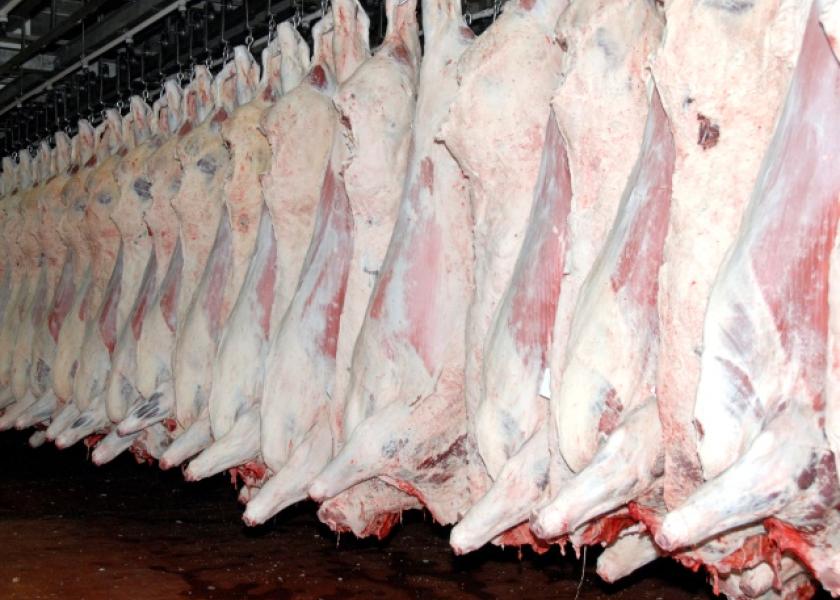Derrell Peel: Meat Production Threatened With Disruption

The U.S. meat industry faces unprecedented threats as COVID-19 sweeps through labor forces at meat processing facilities nationwide. Production of beef, pork and poultry are simultaneously threatened as COVID-19 infections affect labor availability and processing capacity in multiple facilities across all meat industries.
Reduced processing capacity could cause backups in live animal supplies if animals cannot be processed in a timely fashion. The severity of impacts will depend on specific situations and locations but could include costly delays in holding animals until slaughter, backlogs in production facilities, or even disposal of animals.
Such disruptions could result in reduced flows of fresh meat to consumers, compounded by the continuing bottlenecks created by the drastic reduction in the food service sector, roughly half of total food distribution. Since early March, those bottlenecks resulted in limited meat availability in retail grocery despite an ample supply of meat production.
The next few weeks could result in continuing shortages of meat at retail grocery due to a short-run reduction in processing capacity and reduced supplies of all meats. Wholesale and retail meat prices may be pushed higher as a result of limited supply. At the same time, limited processing capacity may limit demand for slaughter animals and push farm level prices lower.
The impacts may already be showing up in the beef industry. Estimated cattle slaughter for the week ended April 11 was 536,000 head, down over 14 percent from the previous week and nearly 16 percent lower than the same week last year. The reductions include both yearling (steer and heifer) slaughter as well as cow and bull slaughter with both categories down double digits year over year for the week.
This predicament could result in a situation not previously seen in the beef industry. It may simply not be possible to slaughter animals in a timely manner. Last summer, the loss of a single packing plant in Kansas resulted in relatively little decrease in overall cattle slaughter as production was shifted to other plants and increased Saturday slaughter largely offset the loss of the fire-damaged plant. In the current situation, closure or reduced chain speeds across multiple plants may make it impossible to keep up with slaughter.
Feedlots could be faced with slowing fed cattle finishing or holding animals on maintenance rations until slaughter can be scheduled. Cull cows and bulls may have to be held in drylots or pastures until slaughter capacity becomes available.
A slowdown in feedlot marketings could result in slower feedlot placements and more feeder cattle staying on pasture. The beef industry ultimately has considerable flexibility to adjust cattle flows and timing. These responses would increase cost of production at all levels but probably would not be as severe as might result from similar disruption in pork and poultry industries where bottlenecks and backlogs are much more acute. The next few weeks could be an unparalleled challenge for livestock producers, processors and consumers.
Related stories:
Fed Cattle Trade ‘Soft’ As Cash Prices Decline Again
COVID-19: JBS Closes Greeley Beef Plant For Cleaning







